At a time when urbanization and habitat loss are increasingly common, creating a little sanctuary for plants and wildlife in our backyard is a small but meaningful act. Our journey to transform our yard into a thriving habitat was born from a love of nature and a desire to contribute to the local ecosystem. We envisioned a space where native plants could flourish, birds could shelter, and pollinators could thrive.
As we started this project, we discovered the profound impact a small space has on our local wildlife. We decided to share our journey and explain how you can do the same in your yard.
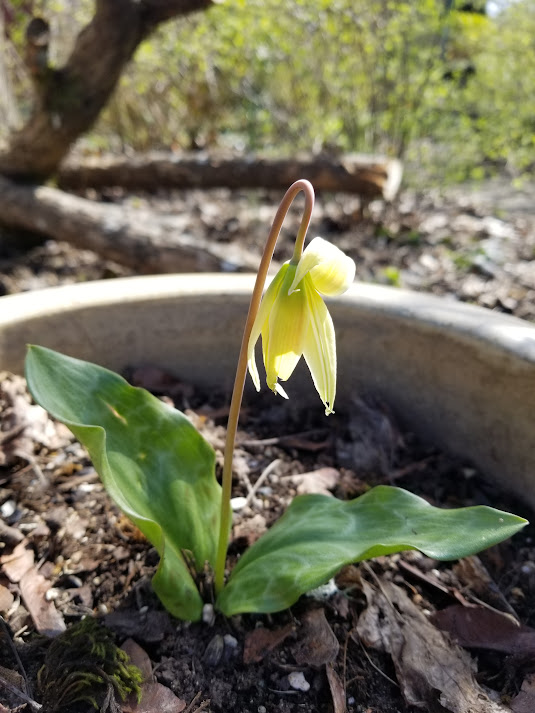
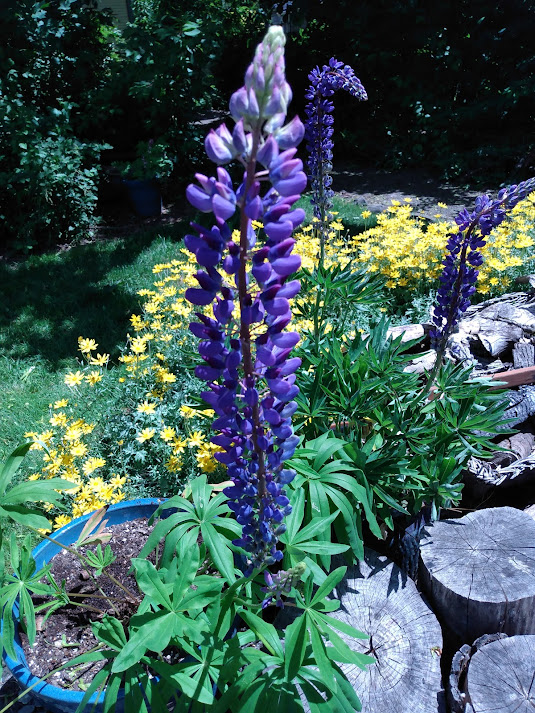
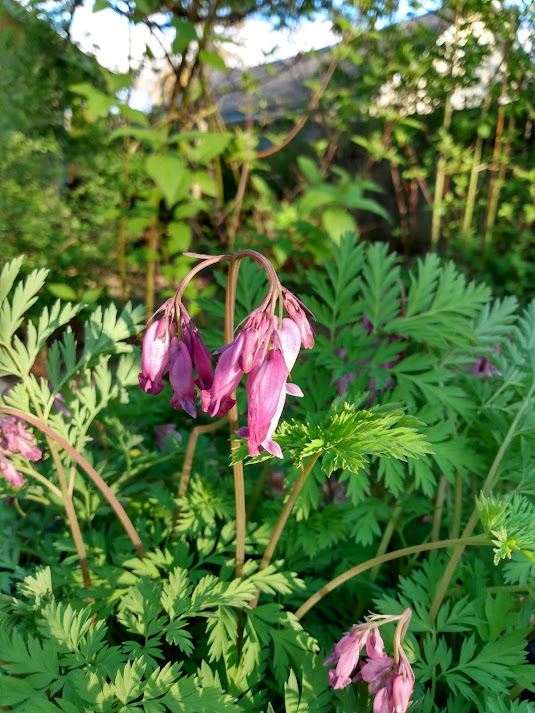
Creating Our Wildlife Habitat
Planning our wildlife habitat was an exciting and thoughtful process. Our yard was divided into two parts, a muddy mess and a large blackberry bramble, leaving us with a lot of work but also a blank slate. Understanding the native plants and local wildlife we wanted to attract was essential, so we visited local city and state parks to identify native species that thrive in our region. This research helped us compile a list of plants that would provide food and shelter for birds, butterflies, and beneficial insects.
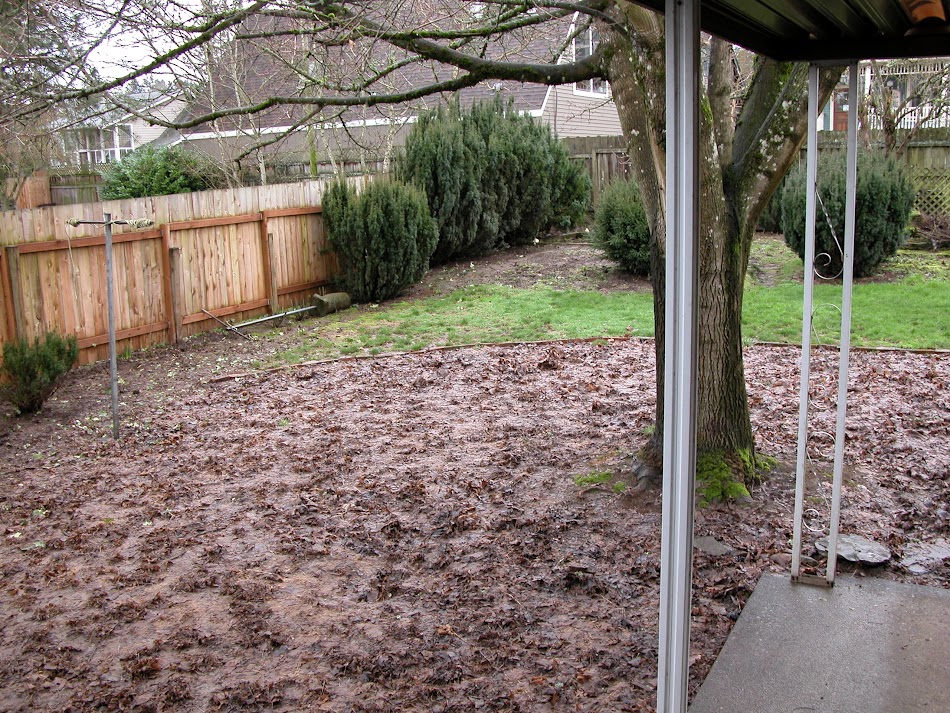

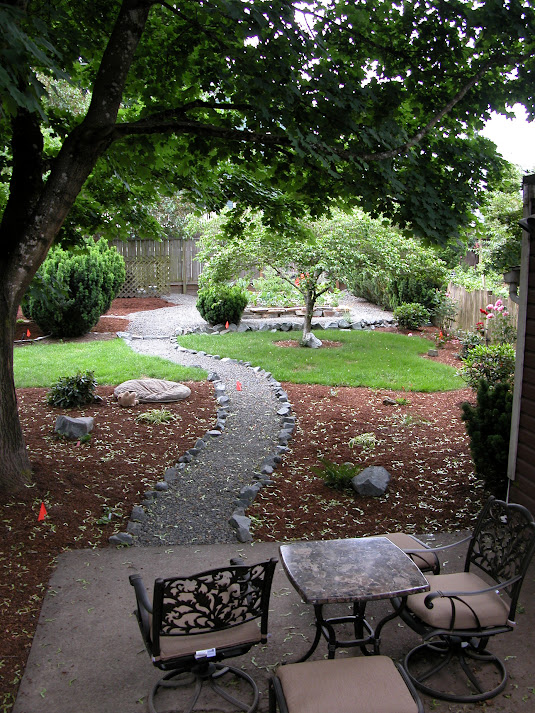

We designed a layout that included a variety of colorful wildflowers, sturdy shrubs, and small trees arranged in clusters to create diverse microhabitats. This added visual interest and encouraged different species to visit. We incorporated milkweed and serviceberries, which are beautiful and are essential food sources for local wildlife.
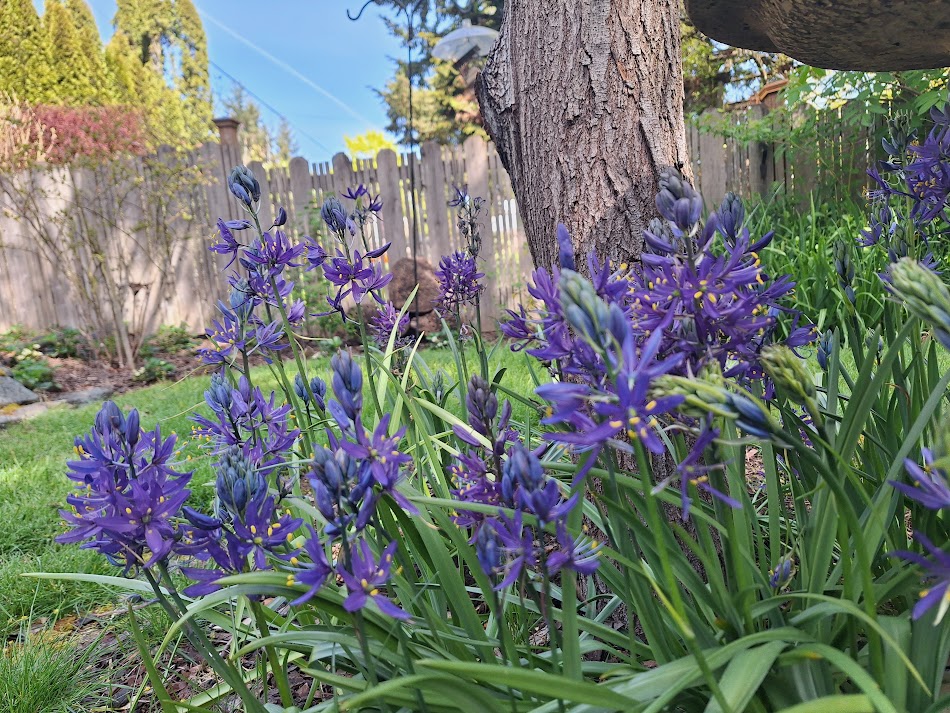
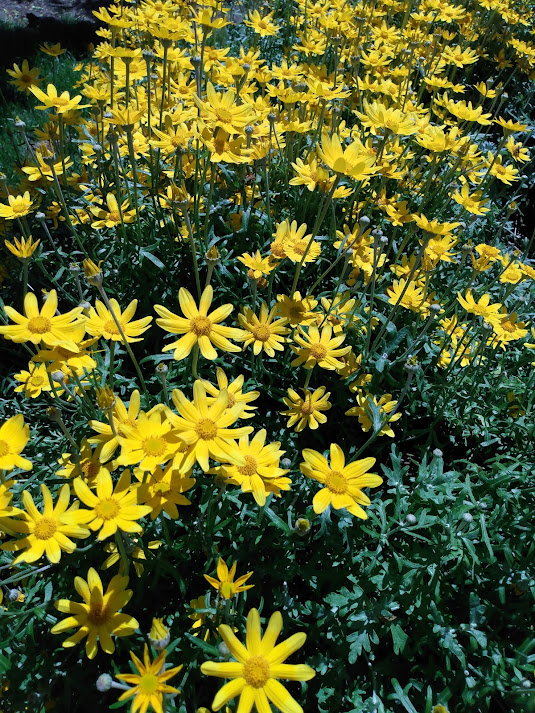
To create our habitat, we built several structures to provide shelter and food. We installed birdhouses at varying heights to attract different species and added a bat box to support these important pollinators. To encourage beneficial insects, we added mason bee houses and left piles of vegetation.
Water sources are crucial for wildlife, so we placed a small birdbath with a few rocks inside to create a safe drinking area. We hope to install a small rain garden to manage water runoff and create an inviting environment for frogs and other critters.
Although we’ve had a few missteps along the way (i.e. moving plants that become too large for the area and replacing plants that die), maintaining our habitat has been a very rewarding experience. We focus on organic gardening practices and avoid chemical pesticides and fertilizers to protect our native visitors. With minimal watering, especially during dry spells, we have kept the plants healthy, while seasonal clean-ups ensure that the habitat remains inviting for wildlife. We also make it a point to observe and document the wildlife visiting our yard, which has turned out to be one of the most enjoyable aspects of this project.
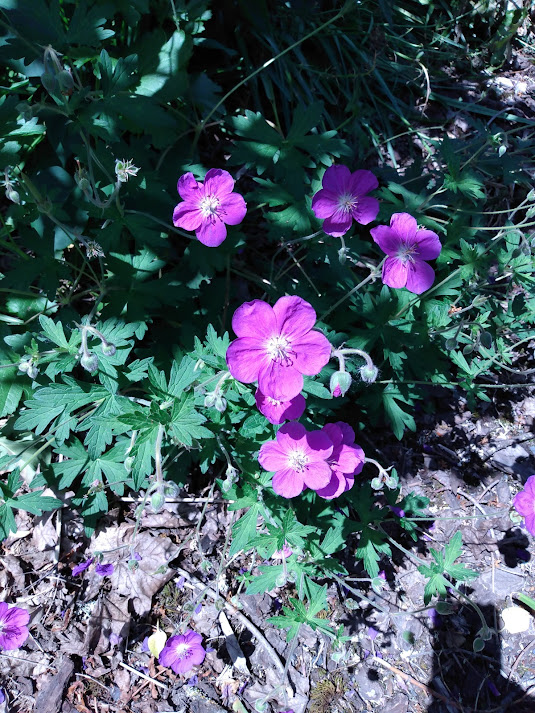
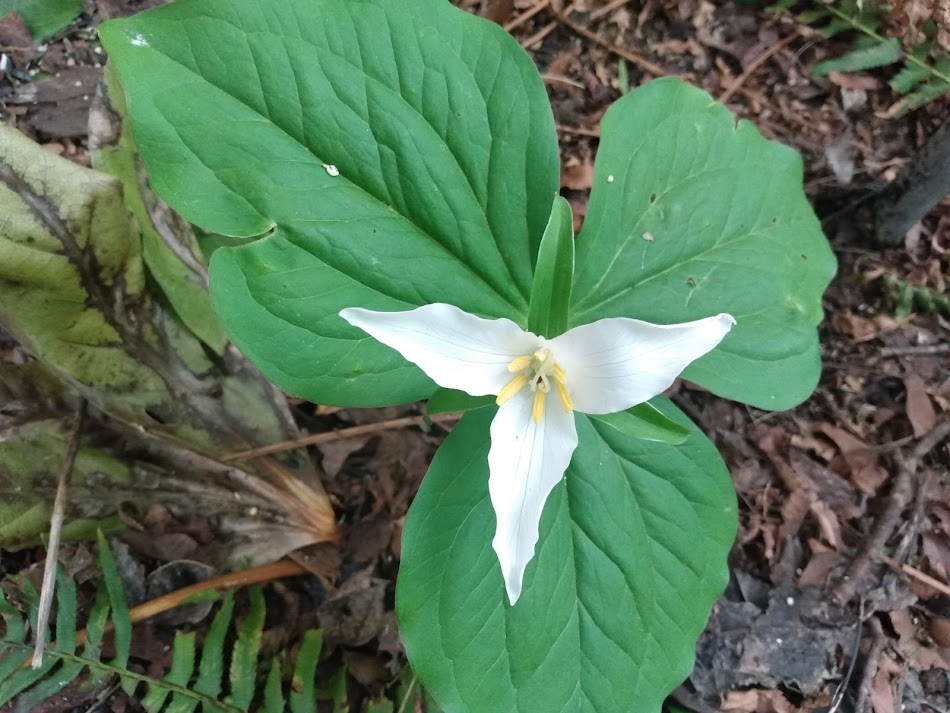
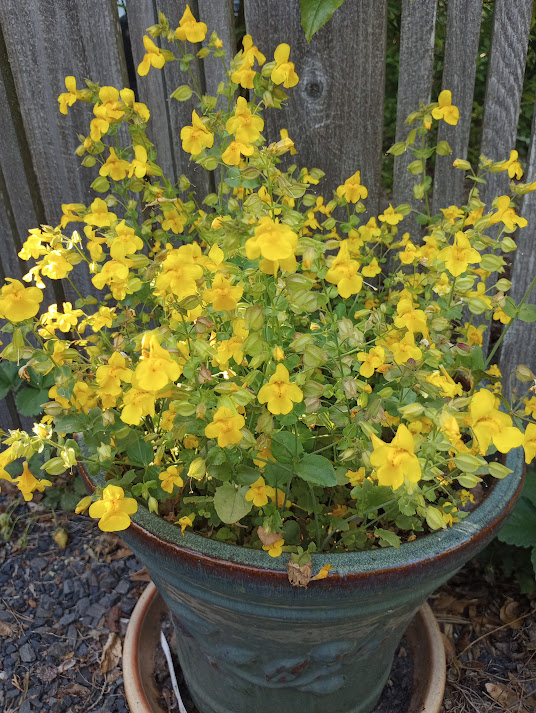
Creating this wildlife-friendly space has enhanced the biodiversity of our yard and deepened our appreciation for the beautiful natural environment around us. It’s a continuous journey, one that brings us joy and a sense of purpose as we watch our little habitat thrive.
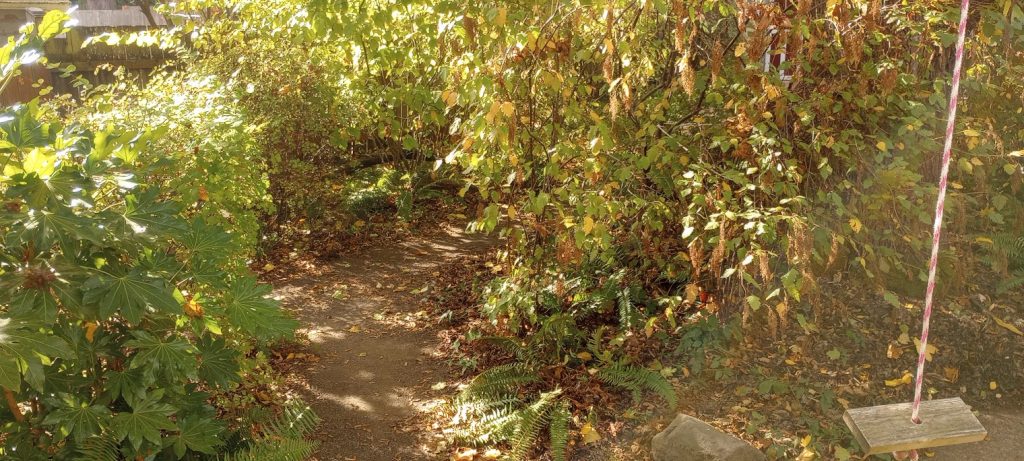
Observations and Successes
Since transforming our yard into a wildlife habitat, we’ve been amazed by the diverse life it has attracted. Each season brings new visitors and surprises. In spring, we were delighted to see the rebirth of plants dormant in the winter and the arrival of native wildlife. As the warmer months arrived, we found ourselves surrounded by the cheerful songs of various birds. Additionally, we noticed an increase in beneficial insects, like ladybugs and lacewings, which help control pests in our garden. The presence of these creatures has given us more enjoyment than we hoped, reinforcing our commitment to maintaining this habitat, and reminding us of the important role our yard plays in the local ecosystem.
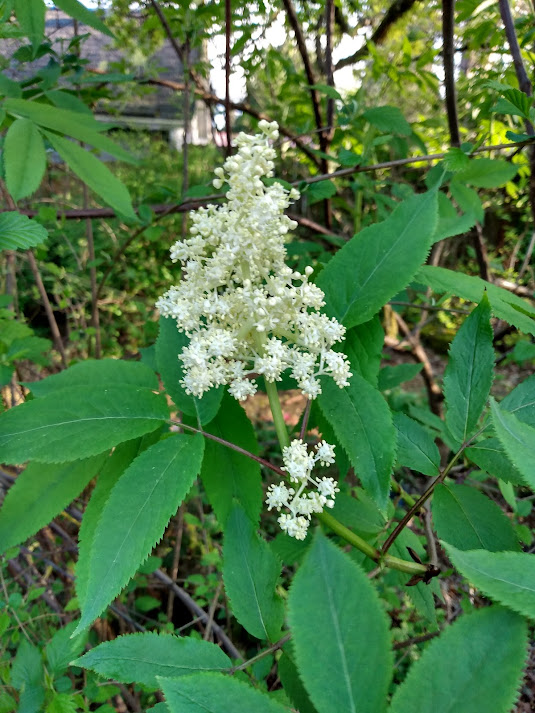
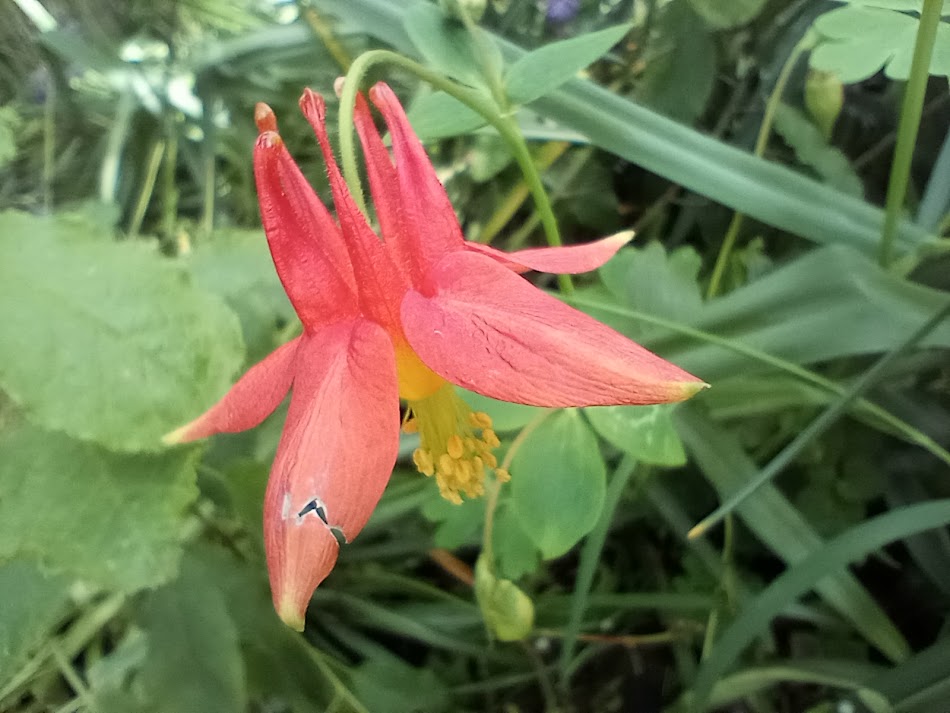
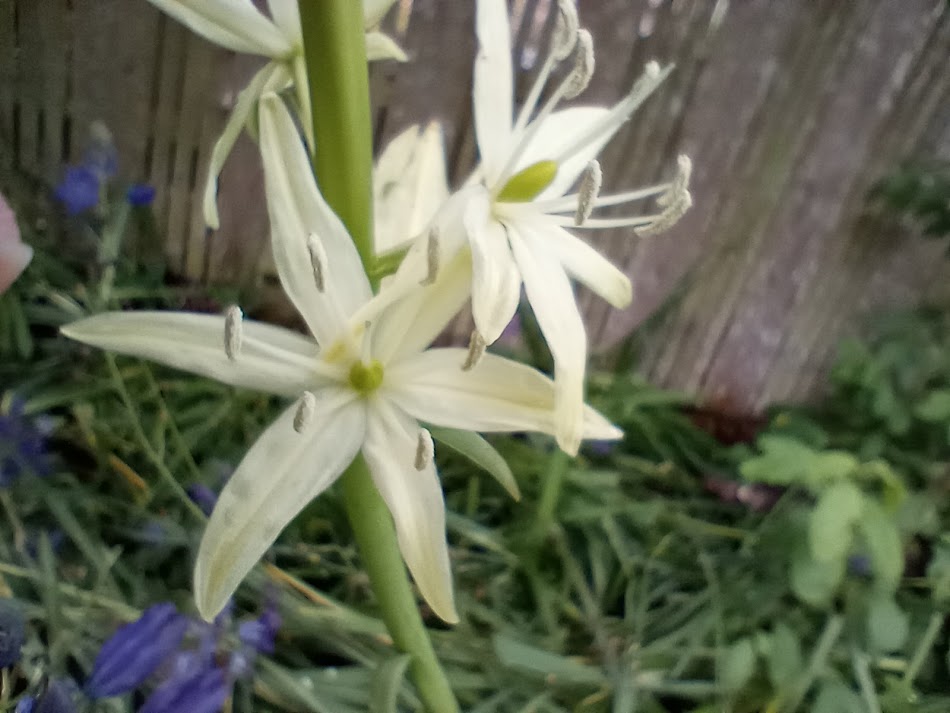
Conclusion
Creating a wildlife habitat in our yard has been a fulfilling journey that has enriched our lives in countless ways. Not only have we contributed to local biodiversity, but we’ve also cultivated a deeper connection with nature. Each observation reminds us that our small efforts can make a significant impact.
Call to Action
If you’re inspired to create your own wildlife habitat, start by observing your yard and researching native plants that will thrive in your area. Even small changes, like adding a birdbath or planting a few native flowers, can attract a variety of wildlife.
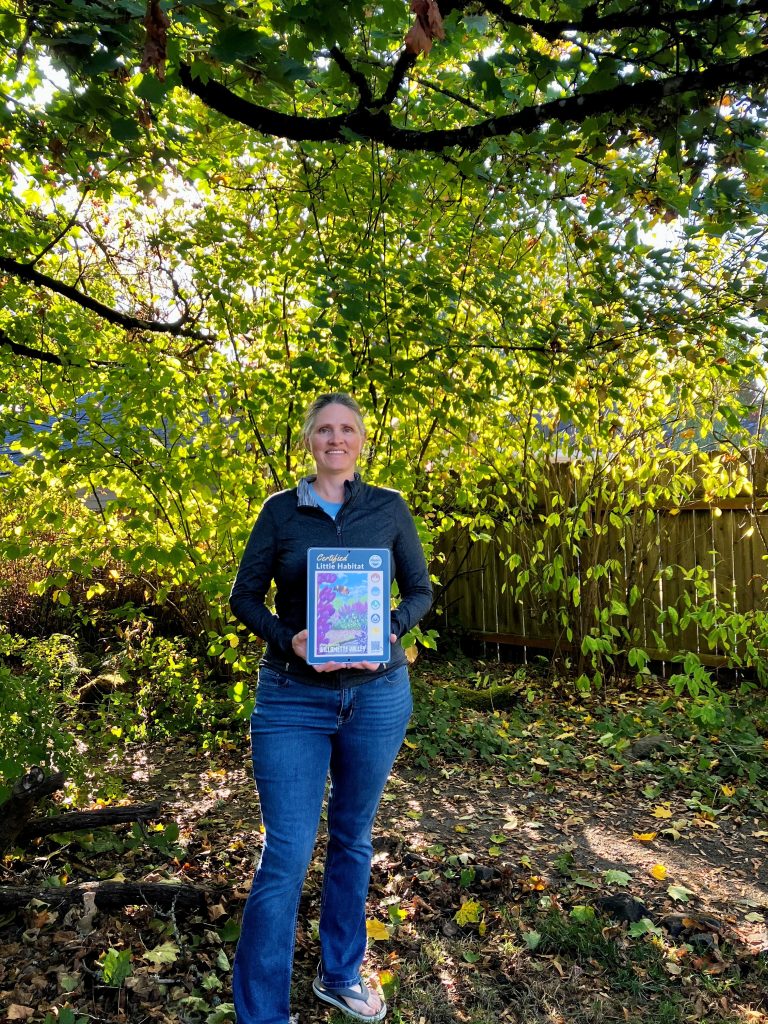
Resources
For more information go to The Little Habitat Project
About the Author
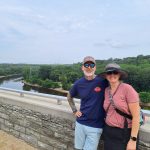
Long time Oregon residents, Kurt and Giselle, enjoy the outdoors and are doing their part to help keep Salem wild.
